The Breakdown
Pros
Cons
Introduction
SENA is a long-term major player in the Bluetooth industry and particularly within the Powersports community. Their involvement and support for the motorcycling segment, not to mention a very long and diverse product line, is a major reason why we all have the current connectivity and communication capabilities mounted on or in our helmets.
Shopping Now? We Recommend:
webBikeWorld works closely with Revzilla, 2WHEEL, and Amazon to provide our testers with quality products to review. While we have an affiliate relationship and receive a commission from items purchased, this addition comes at no additional cost to you. It is the primary way we pay for our site and reviewers.
+Mesh is Ready to Mingle
With the release of the +Mesh, a Bluetooth to Mesh Intercom Adapter, SENA moves the involvement and support yardsticks forward – again.
This simple adapter gives new life and a range boost to SENA non-mesh systems (old or new) so they can function as part of the ‘mesh’ collective provided by the SENA 30K system and soon, the SENA Momentum EVO with Mesh.
With a simple headset to adapter pairing, the +Mesh provides the means to move from a point to point (or point to multipoint Bluetooth-based intercom environment) to the much larger self-configuring adaptive multi-user environment offered by Mesh. Assimilation is easy.
With Mesh being self-configuring and adaptive, it takes care of ‘lost’ intercom mesh connections that come about through distance or topography, with automatic reconnection once back within range, or if another user activates their system – a feature that current mesh users find to be one of the biggest positives gained.
SENA +Mesh Overview
+Mesh shown next to AA battery module for scale
OK, where to start… this could be complicated – not.
With the +Mesh held so the SENA logo faces you, the Multi-Function Button, hereafter identified as the MFB resides below the logo with the Status LED immediately below the MFB.
The micro-USB port for DC charging and data connectivity is found on the lower right edge under the shaped silicone flap… which, of course, is oriented awkwardly and gets in the way of the connecting cable, again… still.
And outside of the Reset Button, accessed through a small hole on the back of the device, this is it for the tour…
The +Mesh kit comprises:
- Main unit or module
- MESH intercom antenna (type xxx threaded)
- Handlebar mounting kit (bracket and loop)
- Mounting cradle (hard plastic/flat back, adhesive mounting)
- Micro-USB power and data cable, and
- Fold-out Quick Start Guide (pocket tuck-away sized)
Spec-wise, the +Mesh Adapter runs Bluetooth 4.1 and has a (stated) maximum range of 800m or half a mile.
+Mesh Initial Use & Installation
+Mesh micro-USB charging port on side with protective cover
Initial charging involved connecting the micro-USB cable to +Mesh and then to a fast-charge capable USB3.0 charging hub (AC/DC). Twenty minutes later the LED went from Red (charging) to Blue (charged).
Mounting
Temporary mountings that allow portability and removal for safekeeping are likely to be the norm with the +Mesh and this is reflected in the two provided mounting options.
One is a rounded plate with a silicone/rubber strap like the pieces used in the original SR10 and SM10 adapters. They are good for handlebars, lower mirror stalks or something related in size and shape – just make sure it is secure.
The second option could be more permanent in nature – at least for the bracket. This piece is a flat molding with an adhesive backing. The +Mesh module slides onto the front slide-n-click rail and is quite secure.

Optimum Positioning
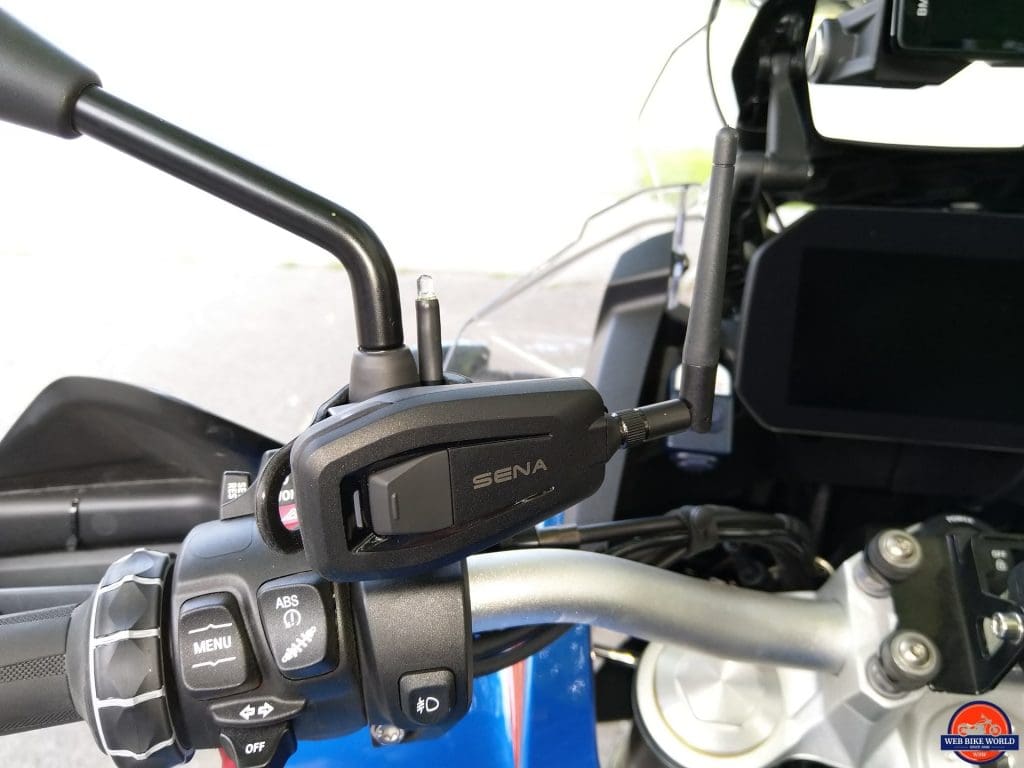
What needs remembering here is that for optimal use, the +Mesh antenna needs positioning for a clear or best line of sight use. Left or right mirror placement works, but may not be optimal.
+Mesh in an accessible spot that is also vulnerable to impacts
Although the +Mesh is pretty much a turn on, pair and use system, it isn’t totally set-n-forget, especially if direct access is needed to the MFB to start/stop participation in a mesh group or whatever. Safe access is always a key factor here.
One rider suggested that the +Mesh could be stuck to the left side of the aluminum top box using the adhesive plate with the rider reaching back as needed to access the control… uh, not for me.
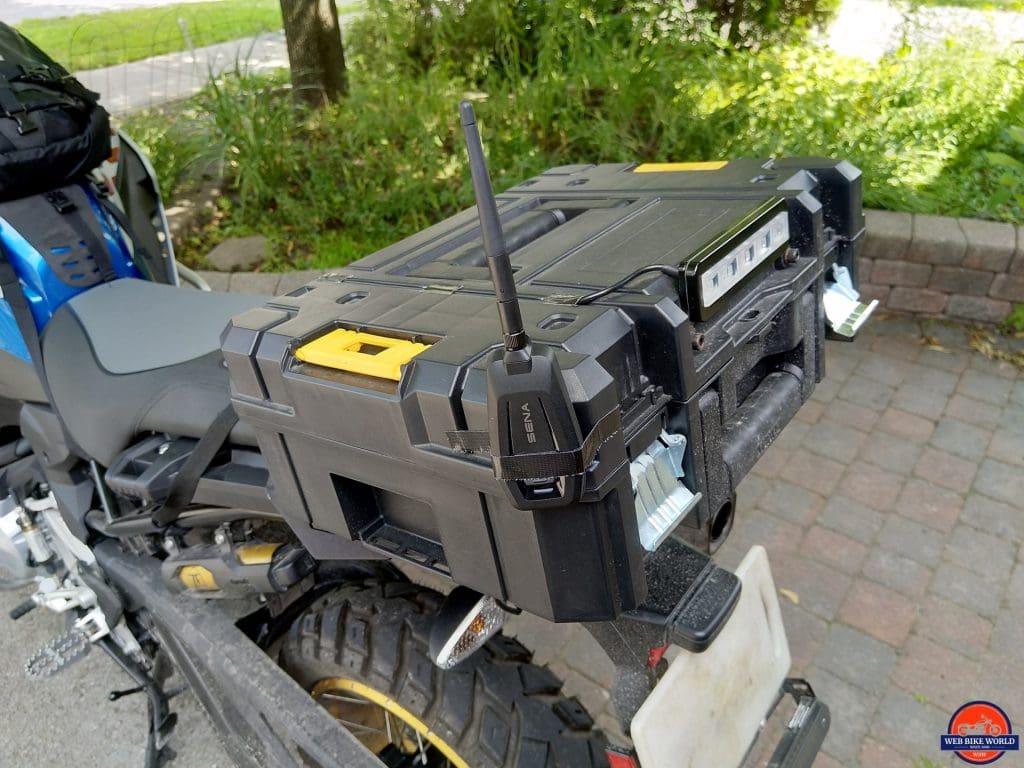 +Mesh shown mounted on top box on corner (top) and side (bottom)
+Mesh shown mounted on top box on corner (top) and side (bottom)
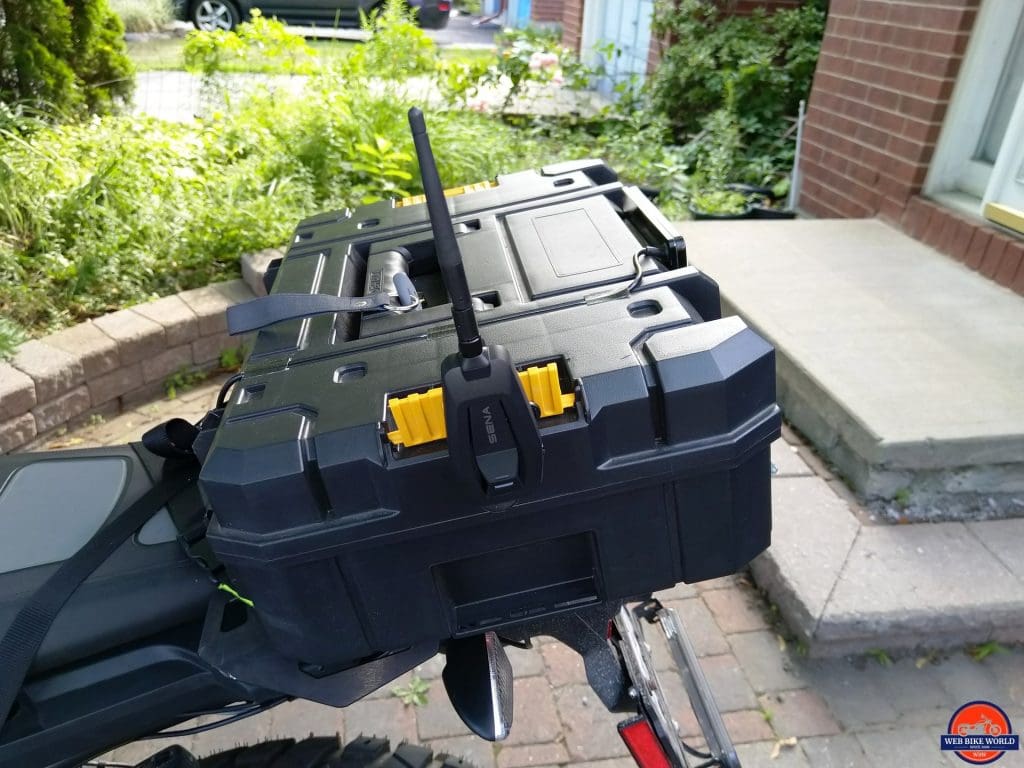
But, the +Mesh is very light and could (considering weight, profile, and perhaps in the absence of a passenger) be affixed to the side or back of the helmet without too much risk. The module is removed from the flat bracket in a second or two.
+Mesh Pairing & Connectivity
Not that there was any doubt over just how (well) the SENA +Mesh would interact with any of its family members, no matter how old, or young, but everything on hand is now bench-tested and out riding, generating the results listed in the table below.
Establishing an initial headset/helmet to +Mesh relationship is easy and (typically), needs only be done once for each SENA headset, with the pairing and connectivity relationship remaining with (typical) automatic reconnection when in range of each other.
Shopping Now? We Recommend:
webBikeWorld works closely with Revzilla, 2WHEEL, and Amazon to provide our testers with quality products to review. While we have an affiliate relationship and receive a commission from items purchased, this addition comes at no additional cost to you. It is the primary way we pay for our site and reviewers.
Start Pairing
Step 1: To get started, turn on the +Mesh and the headset.
Step 2: Press and hold the MFB of the +Mesh for five seconds until its LED flashes Red rapidly, then initiate BT intercom pairing mode of the headset (typically by pushing the Jog Dial or using the Configuration Menu).
Step 3: Wait a few seconds for the devices to pair and connect, there is no need to touch anything else, unlike the standard SENA Bluetooth intercom pairing process.
Step 4: When the +Mesh LED blinks a double-Green sequence and the headset LED goes into its familiar double-Blue pulsing and “Intercom On’ is heard in the connected headset, you are ready to go meshing with a live Public Mode mesh session… if a 30K is within range and in Mesh mode that is.
Mesh Mode
For subsequent activities, with the +Mesh paired to the target headset, activating mesh mode is initiated by tapping the MFB once. The LED flashes Green then settles into its double-Green pulsing with the ‘Mesh Intercom On’ announcement heard in the connected headset.
To end mesh participation simply tap the MFB again, the “Mesh Intercom Off’ announcement is heard in the connected headset.
Alternatively, the headset with +Mesh communication link can be started or stopped by using the headset Intercom control, although no audio prompts will be heard.
+Mesh & SENA System Connectivity and Intercom Range Table
| SENA System | Firmware Version |
BT Intercom Range (Average with Use) |
+Mesh Intercom Range (Tested Average) |
| 30K | v2.1 | 800 to 1500m | |
| 20S | v.2.0 | 750 to 1200m | 600 to 750m |
| 10C | v.3.0.1 | 500 to 750m | 600 to 750m |
| SMH10B | v5.1.2 | 300 to 500m | 600 to 750m |
| SMH10R | V5.1.2 | 300 to 500m | 600 to 750m |
| SMH-5-FM | v2.2.2 | 250 to 400m | 600 to 750m |
| SPH10H-FM | v5.1.2 | 250 to 400m | 600 to 750m |
| SPH10 | v.5.2.1 | 300 to 500m | 600 to 750m |
+Mesh Functional Observations & Notes
As identified above, once the user headset and +Mesh are connected, indicated by the double Green or Blue LED pulsing (+Mesh and Headset respectively) and the voice announcement is heard in the headset, the user is able to participate in Public Mode Mesh communications with other compatible Mesh users within range.
SENA Notes to Note:
- Only one headset/helmet system is supported at a time
- If headset HD Intercom feature is active, the headset provides HD quality sound
- If Audio Multitasking is enabled the headset communicates using Normal intercom mode
- If headset/helmet Audio Multitasking is enabled or HD Intercom disabled, then Mesh intercom quality is reduced (see Note 3 and 4)
- If headset/helmet is connected to +Mesh, then connects to another headset/helmet using Bluetooth intercom, voice prompts from the +Mesh are heard by all connected headsets
+Mesh Firmware Updates & Maintenance
Like all SENA Bluetooth devices, the +Mesh has Fault Reset and Factory Reset steps to use as needed along with firmware updates (when posted) via the SENA Device Manager software.
Fault Reset: I talk to a lot of users who don’t know how to restart or reset their systems when it ‘hangs’ or goes off on a tangent of sorts (it happens). Resolution for the +Mesh is to use the end of a small paper clip or pin to gently push the Reset Button recessed in the small hole on the back of the unit.
Factory Reset: If wanting to go back to factory default state, press and hold the MFB for 11-12 seconds until the LED flashes White; the +Mesh automatically restores the default settings and shuts down.
Firmware Updating: The +Mesh is now seen under the SENA Bluetooth Device Manager application as an updatable device, but the initial firmware release v1.0.1 is still valid (as of 18 July 2019).
Battery: When powering up the +Mesh, the LED flashes Red rapidly: 2 flashes = Low, 0 ~ 30%, 3 flashes = Med, 30 ~ 70% and 4 flashes = High, 70 ~ 100%
SENA +Mesh on the Road
The first ride with a SENA 20S equipped helmet and the +Mesh mounted onto the left side of the handlebar provides a revelation in how well this simple configuration works.
With the 20S and +Mesh paired on the spot, the Mesh Public Mode session was active. Cranking up the two accompanying 30K systems and putting them into Mesh Mode via their MIBs had a three-way party-line going in less than a minute – away we go.
First timer users of mesh via this configuration were most impressed with how easy the whole configuration was to put in place, and even more impressed with the quality and clarity of the mesh session between all parties.
Testing Configurations
One of the 30K riders purposefully strayed out of range twice and on another occasion switched to Bluetooth then back to Mesh. On all three occasions, recovery and reconfiguration of the mesh group, including the 20S/+Mesh combination, was done in less than two seconds – no muss, no fuss, the way it should be.
Subsequent rides with other SENA non-mesh and 30K users, with different numbers of and with users coming and going, including the 20S and +Mesh configured rider, didn’t result in any problems either.
Starting or stopping the mesh connection via the +Mesh or the 20S Intercom control didn’t cause any hiccups either, although sometimes it can take a few seconds to restore.
Running the +Mesh with the older SENA systems, all updated to the latest firmware for baseline purpose also resulted in positive experiences, although again, some switching delays were noticed but, overall, the mesh connection was always restored…
Intercom Capability
The most common statements made about the mesh intercom capability reflect what 30K users already know – mesh provides a typically quiet, stable, and adaptive medium for users, leaving behind most of the issues encountered with Bluetooth intercom use. The benefits of mesh are obvious.
Some susceptibility to distance, terrain, electrical environment, temperature, humidity, and time of day factors is a reality, but again, some of these factors are mitigated with a larger number of active users and the adaptive nature of the mesh environment.
All to say that the performance of the +Mesh is pretty much reflective of the experience with the 30K in Mesh Mode. Mesh intercom range with two or three participants is typically in the 600 to 750m (1968 to 2460ft) range. It can be longer – it can be shorter.
This is somewhat less than the maximum claimed by SENA, but still acceptable, especially with more users in the group as the dynamic optimization of communications between users introduces another variable when contemplating the ‘distance’ factor.
And the usual disclaimer applies here… your experience may vary, it’s what keeps life interesting.
Battery Life
Using Mesh Mode does result in shorter battery life for 30K units, typically around seven to eight hours, including some media streaming. In the longest session so far, the +Mesh was active for five hours and its battery status showed three flashes – somewhere between 30 to 70% remaining. (Note: this is a single data set, and more is needed to get a realistic view).
Planning wise if multi-hour use is the norm, then a portable battery pack (one is always present when out riding), or using one of the installed USB outlets, or a DIN plug to USB adapter does the trick in maintaining an optimal power configuration for the devices. SENA was the first to enable charging while in use…
Conclusion
What stands out after a couple of months with the +Mesh is just how easy it is to use and how well it performs with all things considered.
It has, on two occasions, lost its pairing with the target headset and every now and then it powers down when the MFB is held down to initiate pairing mode or it seems to get confused and just sits there blinking.
But only once was a fault reset needed to clear things and a factory reset was done just for the heck of it. It is now added to the diverse product listing supported under the SENA Bluetooth Device Manager, but no firmware updates have been noted yet.
And for SENA users who do not have or have not moved to the 30K, +Mesh provides an expedient and reliable option to get on board the mesh train. Considering the cost of a single or dual pack 30K kit, the +Mesh investment is modest, particularly if your favorite SENA is still your favorite.
Bottom Line
It is still early days, but so far the +Mesh experience is a great one. A couple of capability questions have been posed to SENA and if the requested information is forthcoming, this review will be updated accordingly.
A timely product that literally brings any non-Mesh SENA system into the mesh realm. It’s so impressively simple to use, one may not have to read the manual. A highly recommended product.
Pros
- First available Bluetooth to Mesh adapter
- Simple to use
- Very portable
- Easy to mount almost anywhere
- Good battery life, 7+ hrs
- Quiet stable intercom
- Range 600 to 750m
- Can add new life to older headsets
- Value priced for capability provided
Cons
- Mesh Intercom (could) be a little better
- Can lose its pairing or time out – but recovery is quick
- Paired headset settings need considering for optimal +Mesh performance
Specs
- Manufacturer: SENA
- Price: $179.00 USD or $220.00 to $234.00 CAD
- Made In: China
- Fitment: Universal – round clamp and flat locking mounts
- Warranty: Two (2) years
- Original Review Date: May to July 2019
Shopping Now? We Recommend:
webBikeWorld works closely with Revzilla, 2WHEEL, and Amazon to provide our testers with quality products to review. While we have an affiliate relationship and receive a commission from items purchased, this addition comes at no additional cost to you. It is the primary way we pay for our site and reviewers.

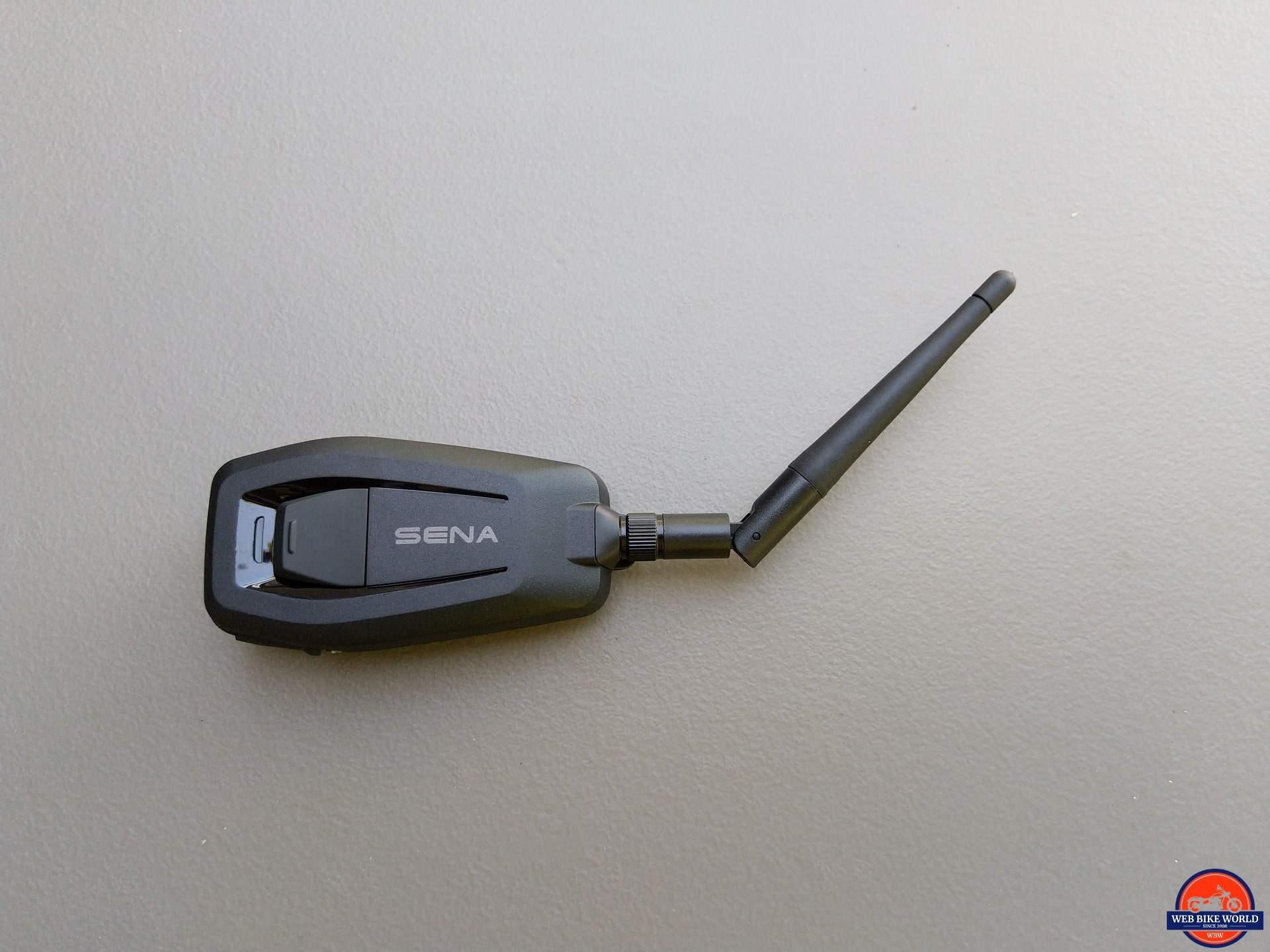


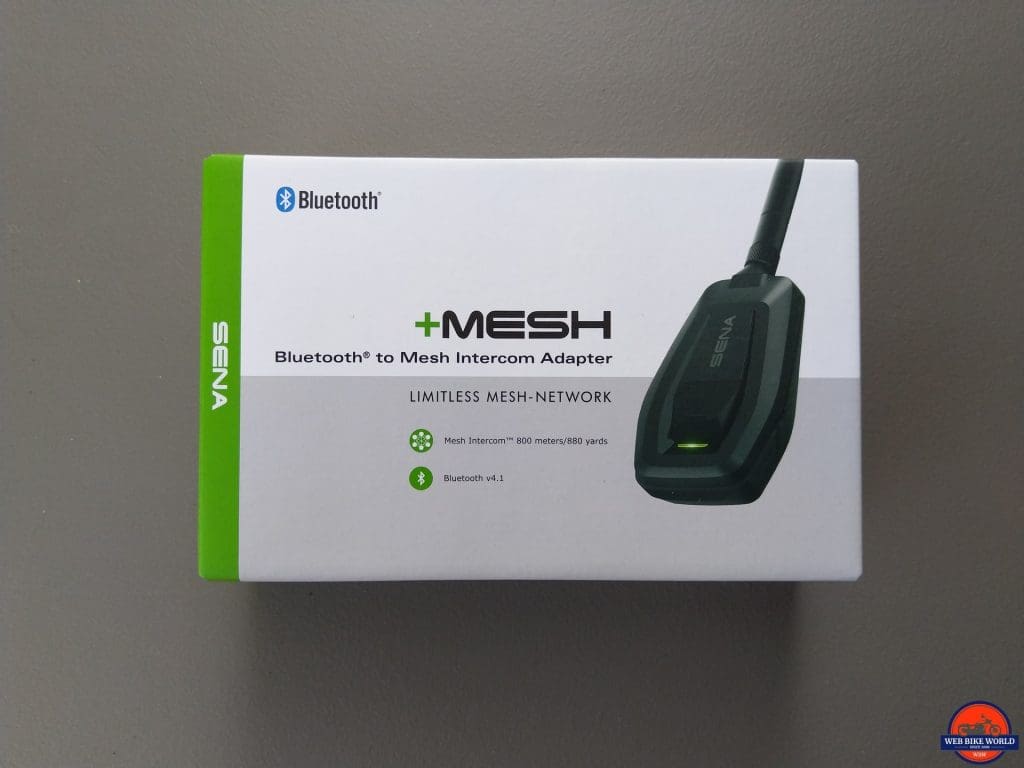
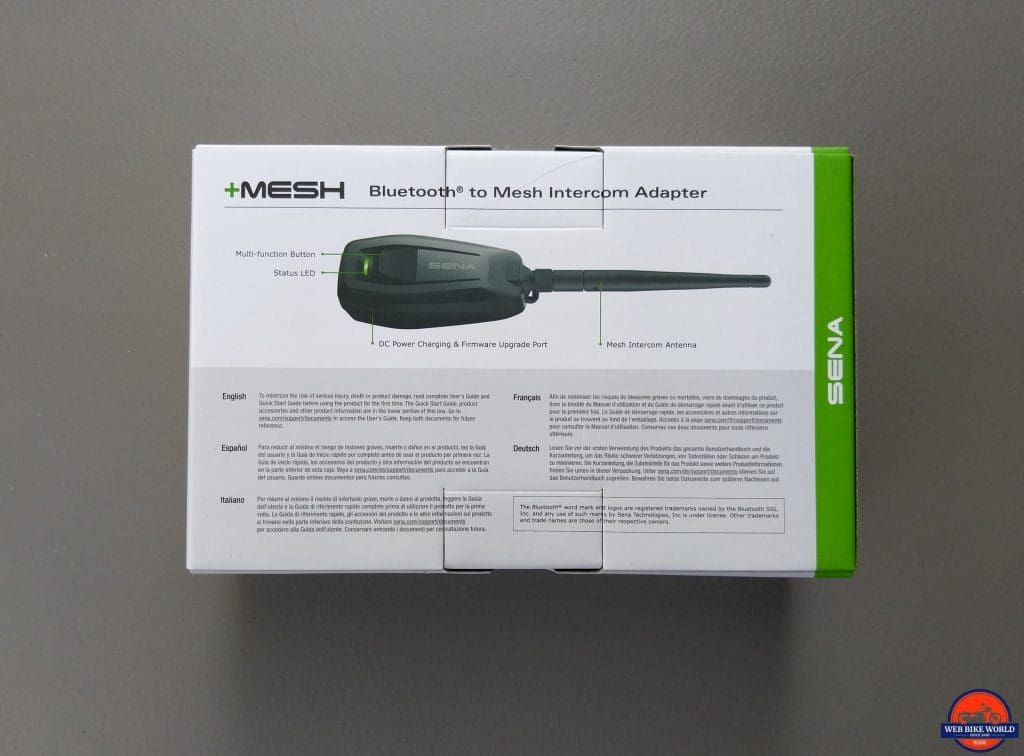
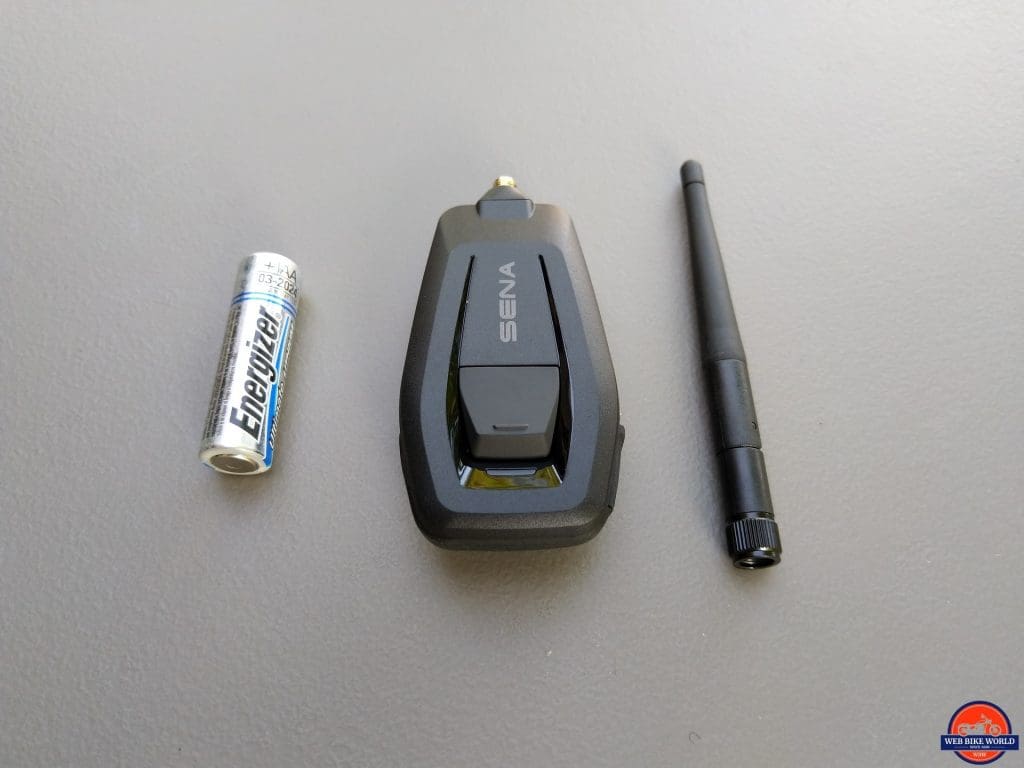
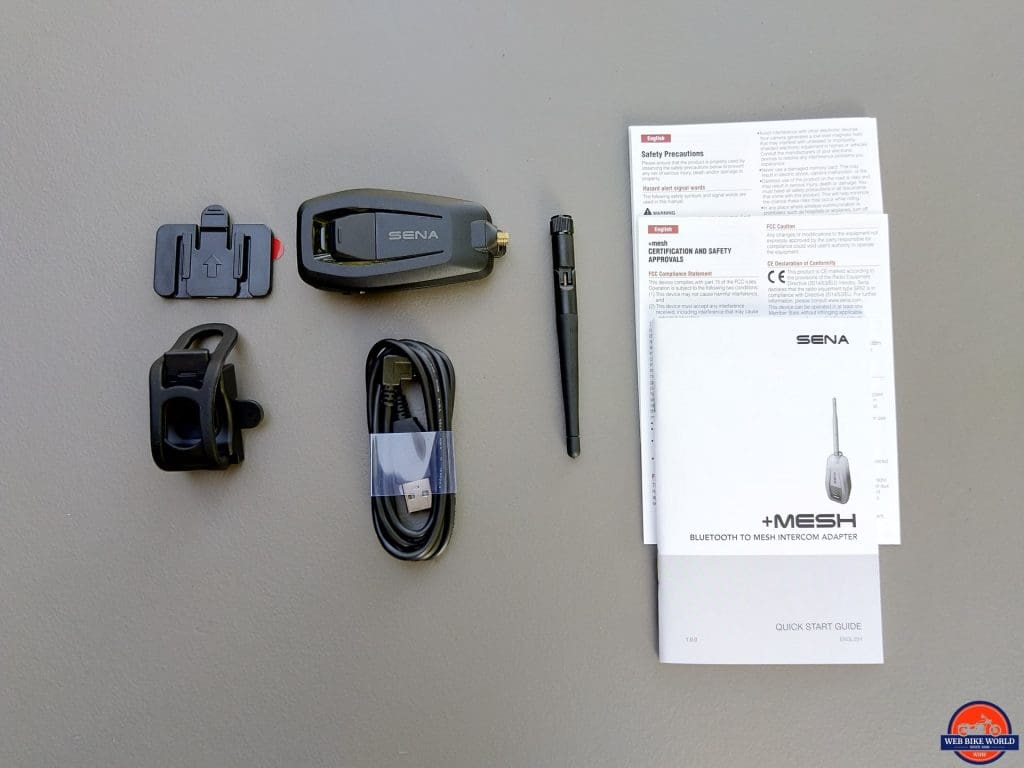
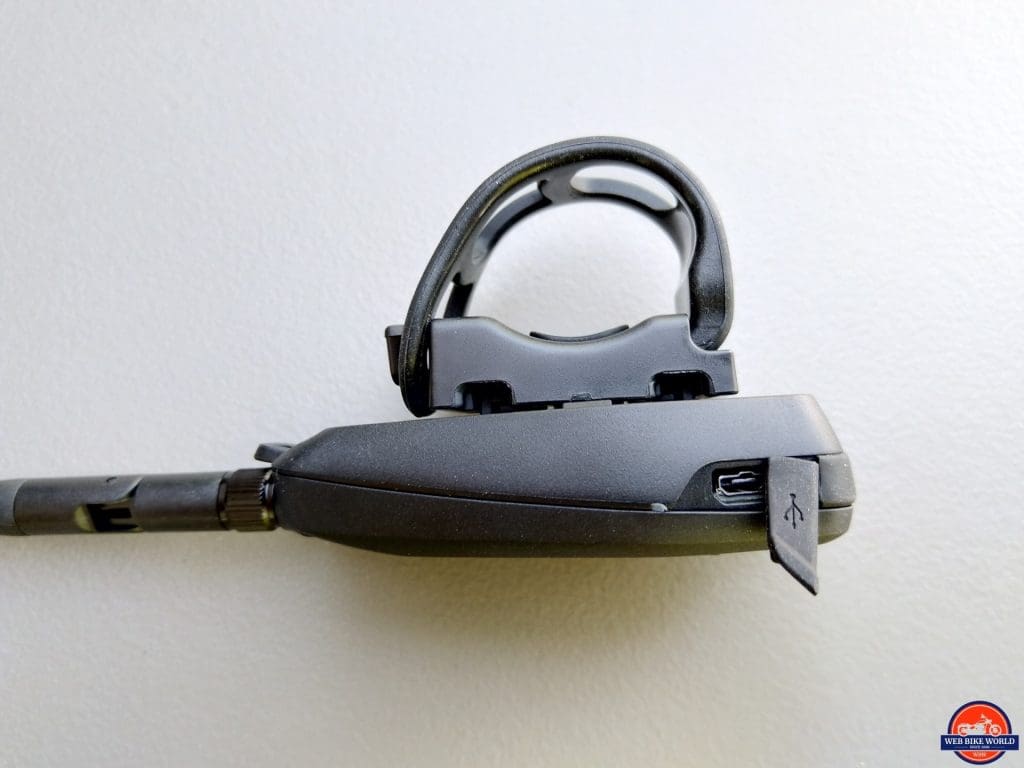
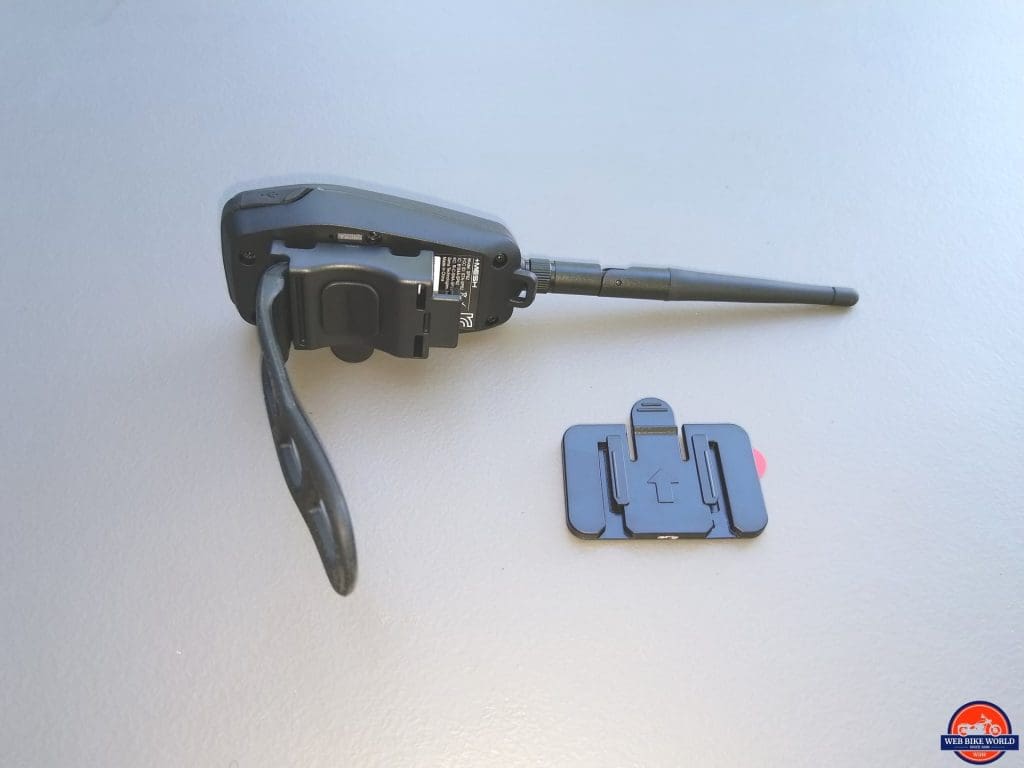
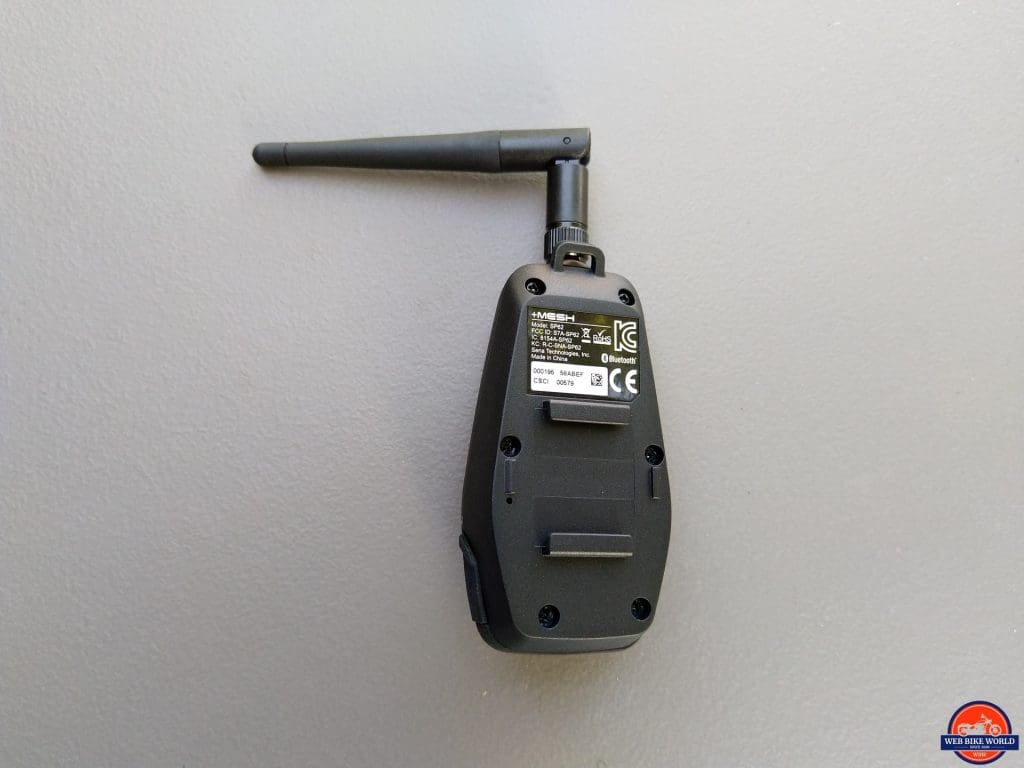
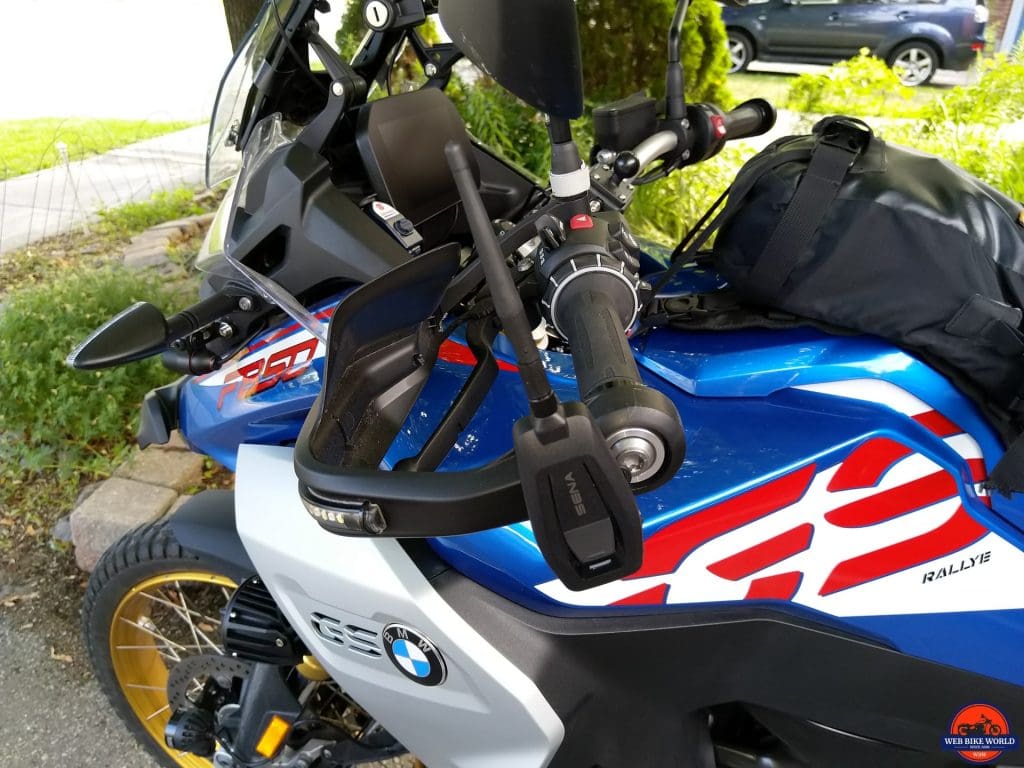
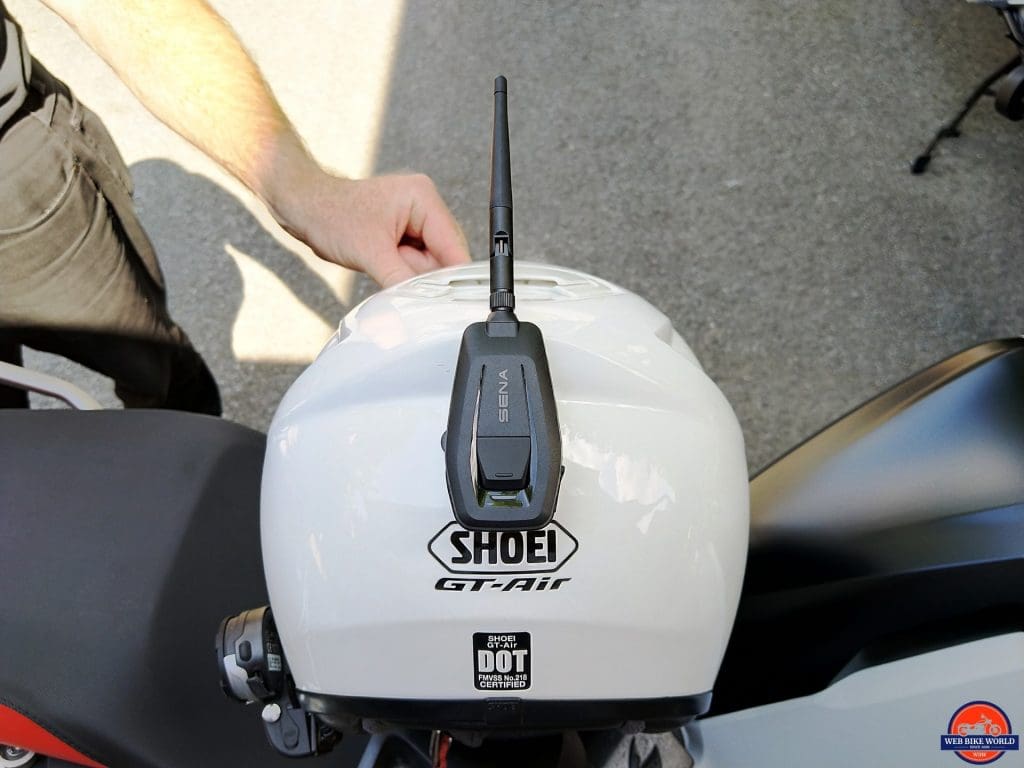
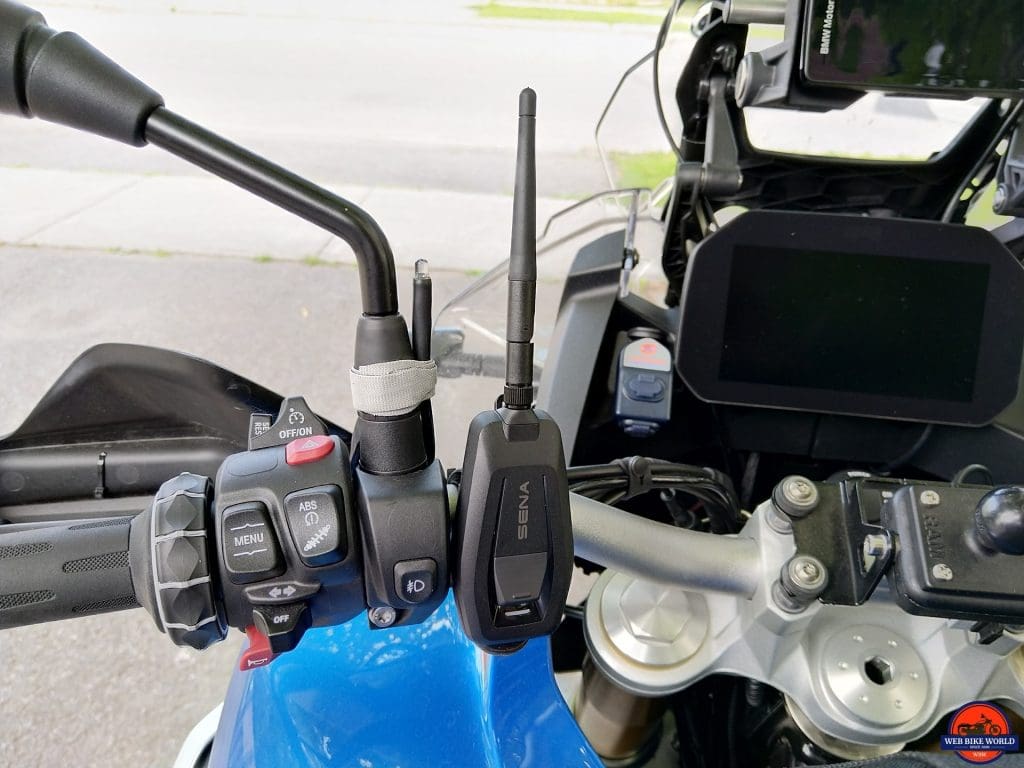
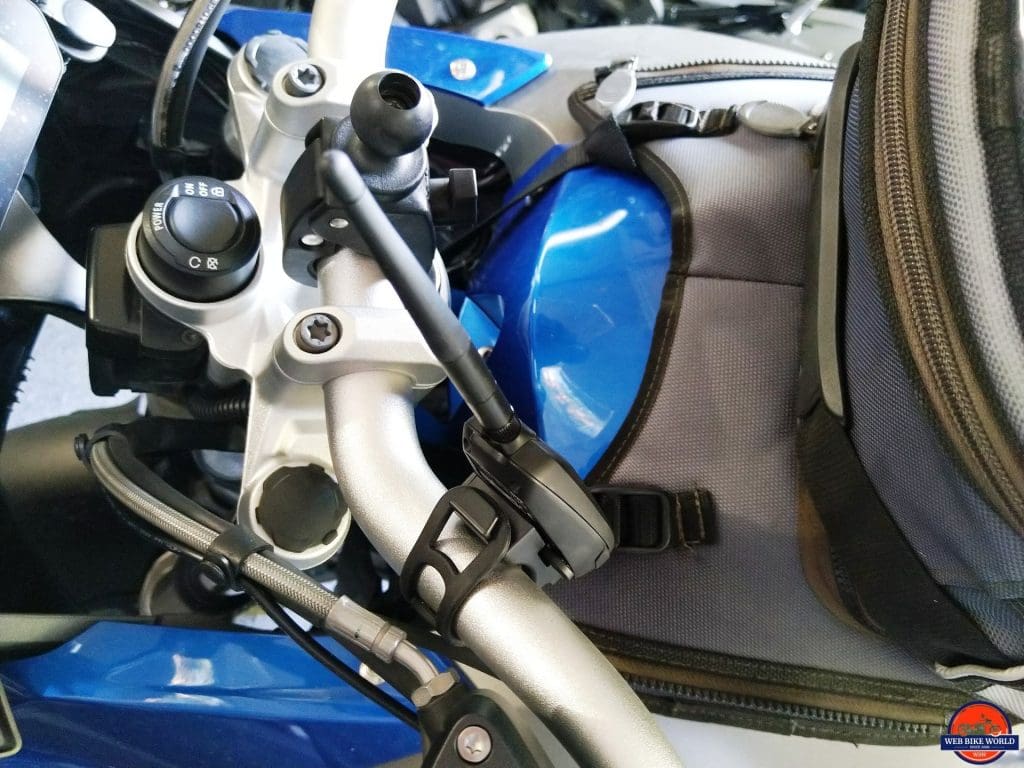
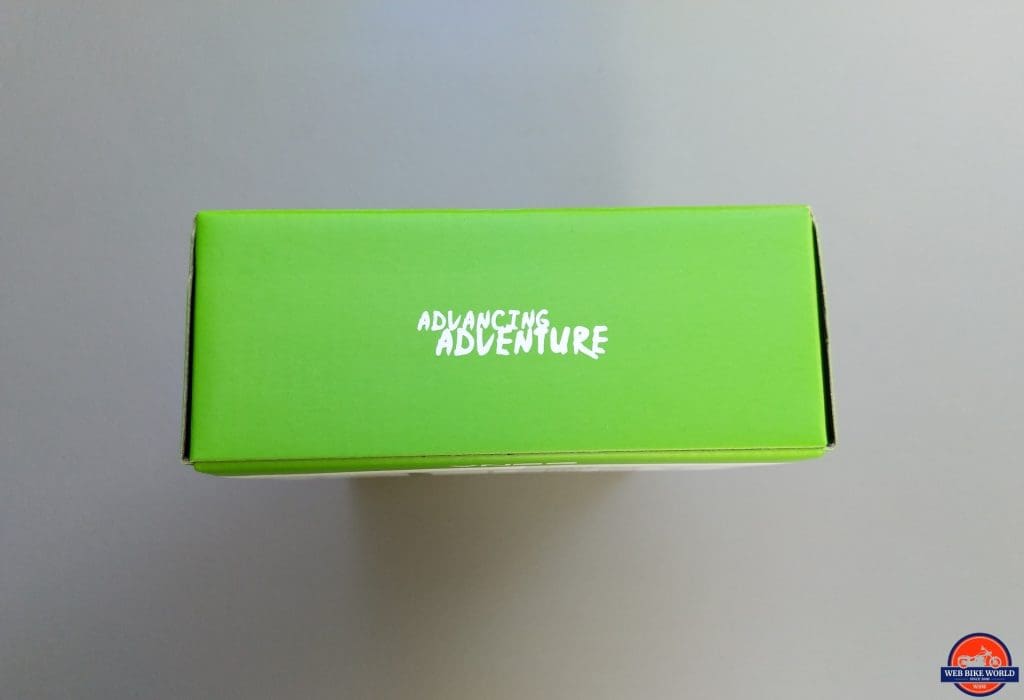
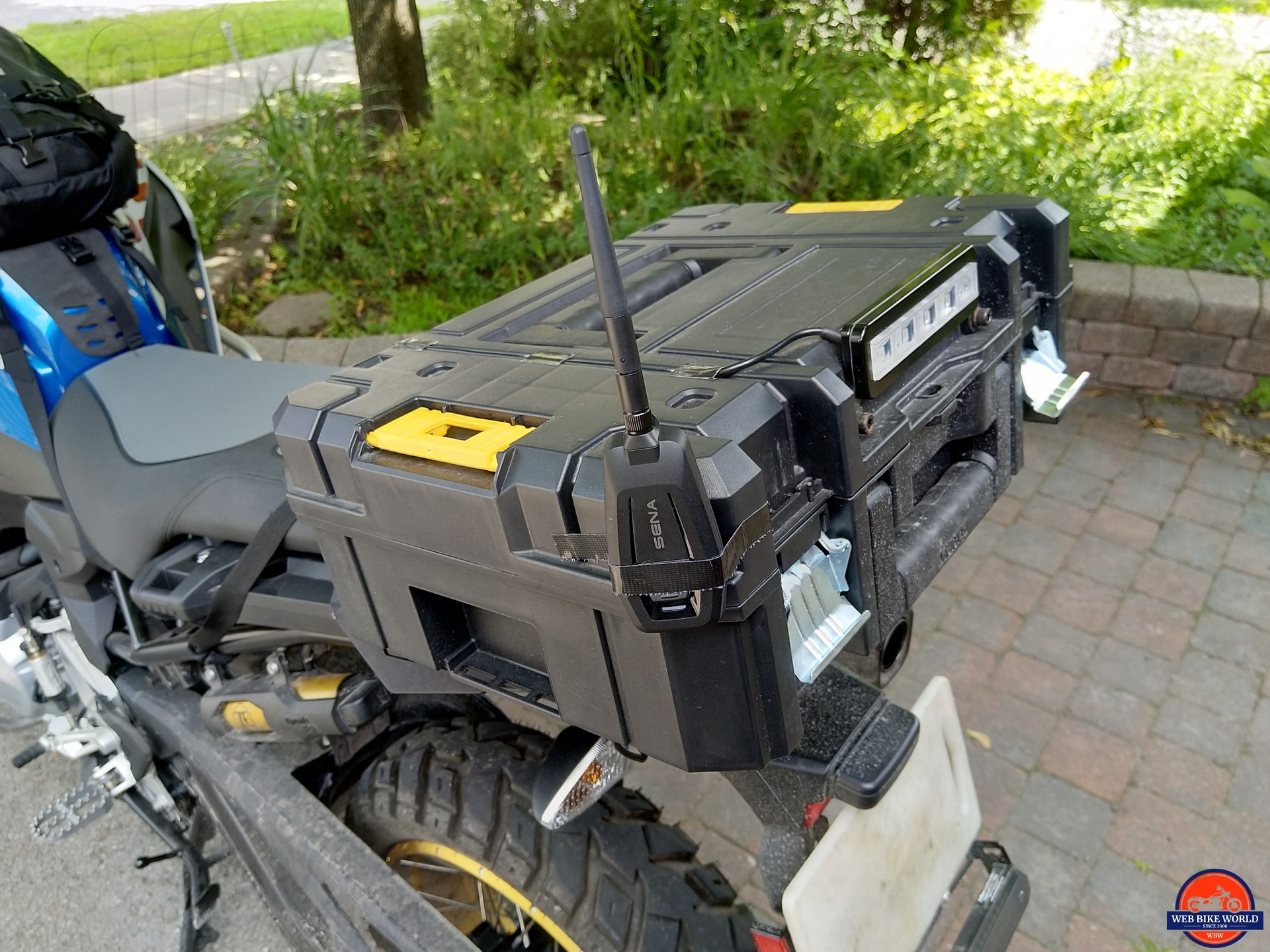
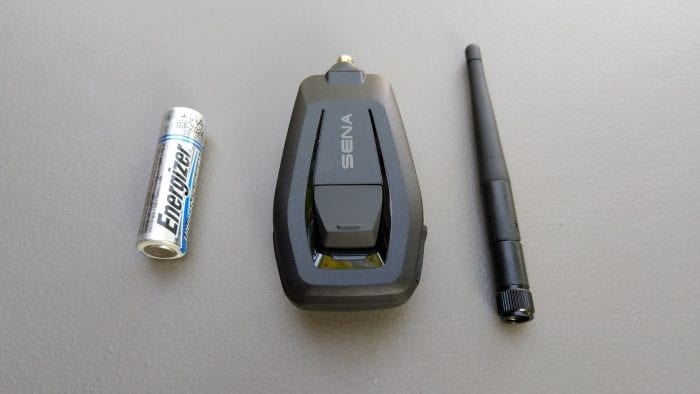
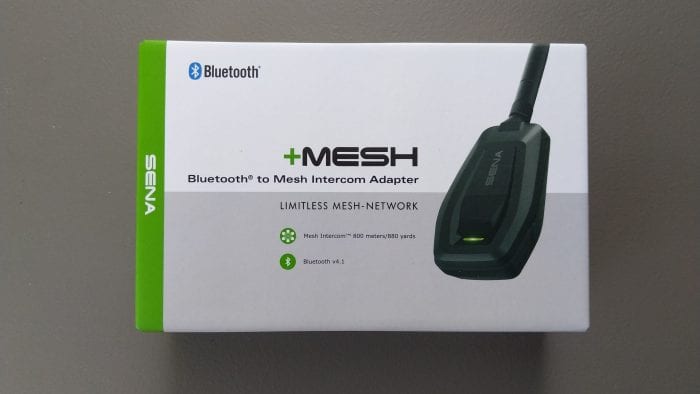
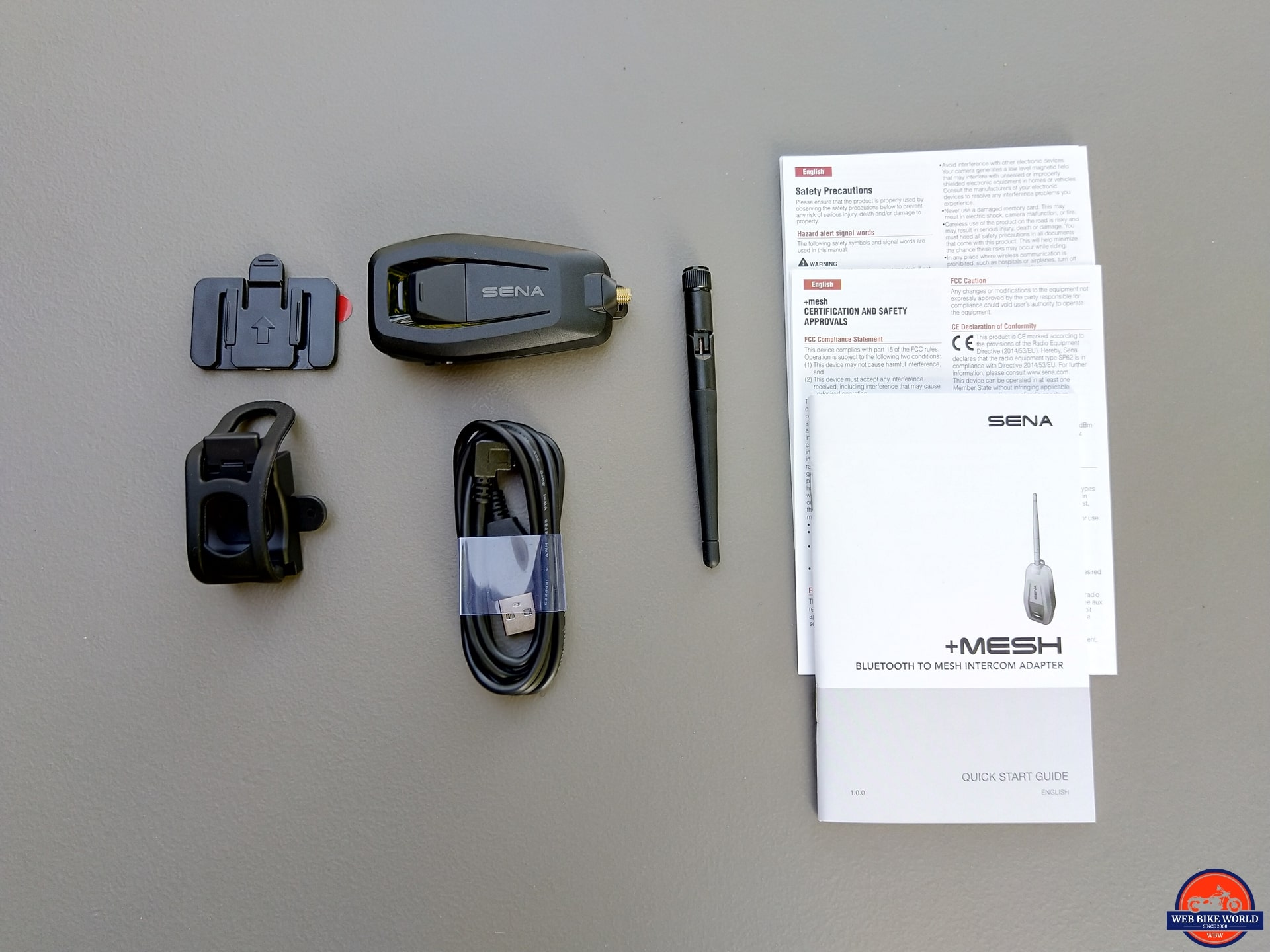
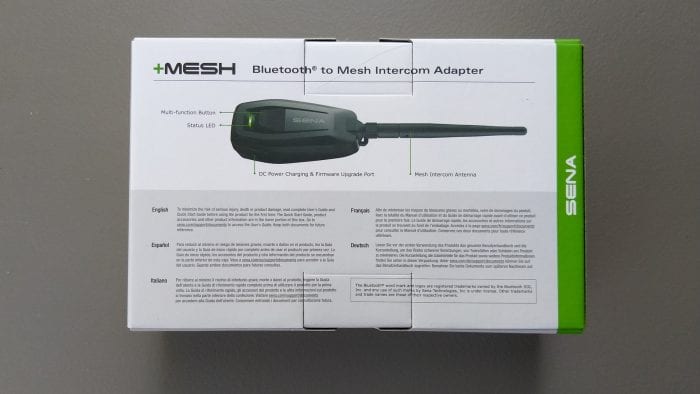
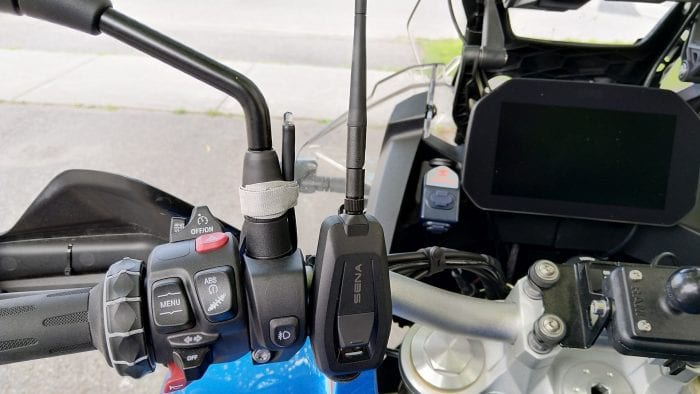
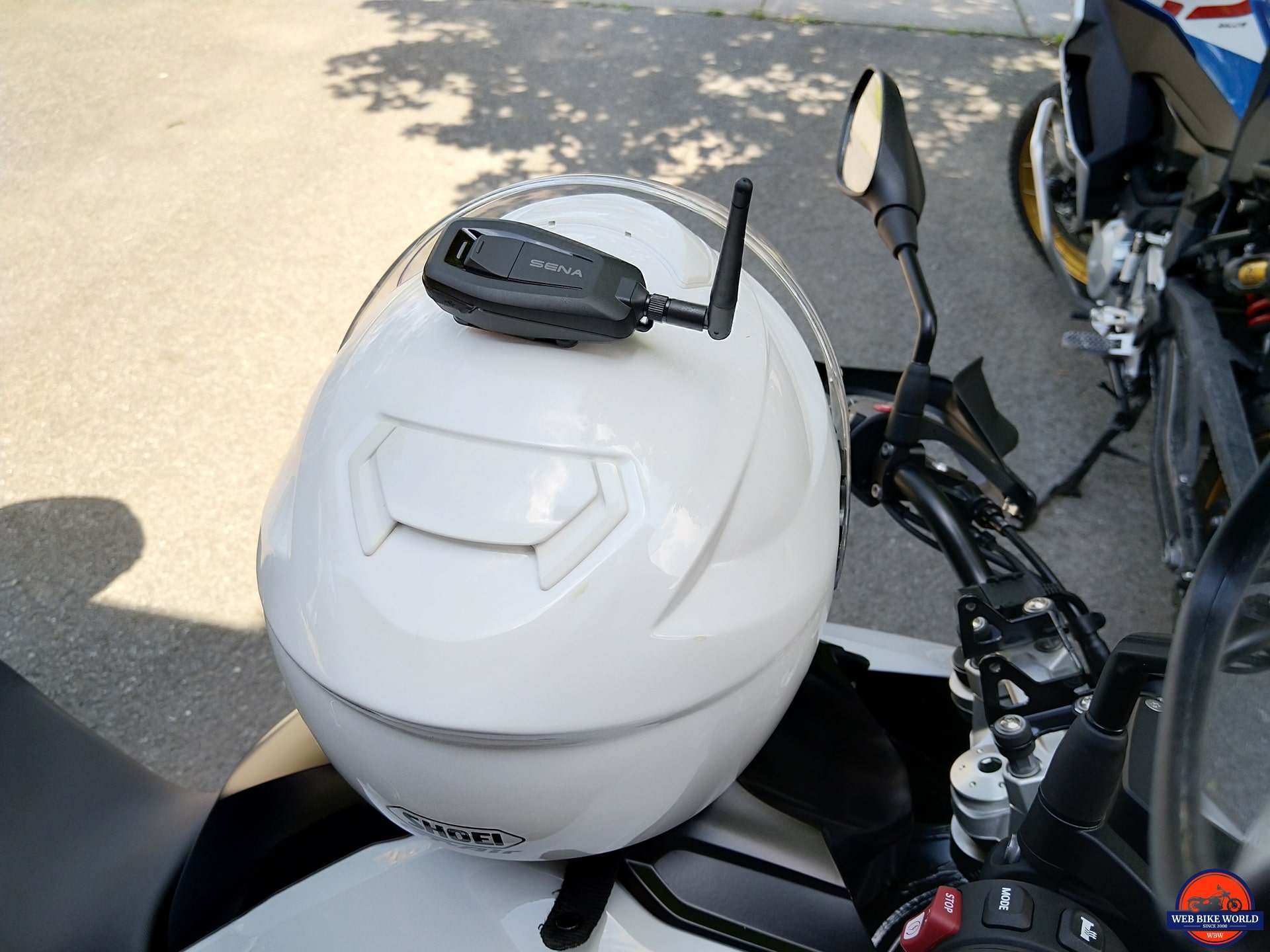

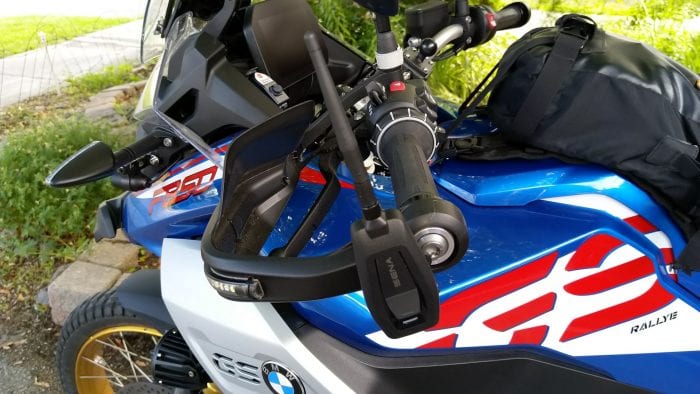
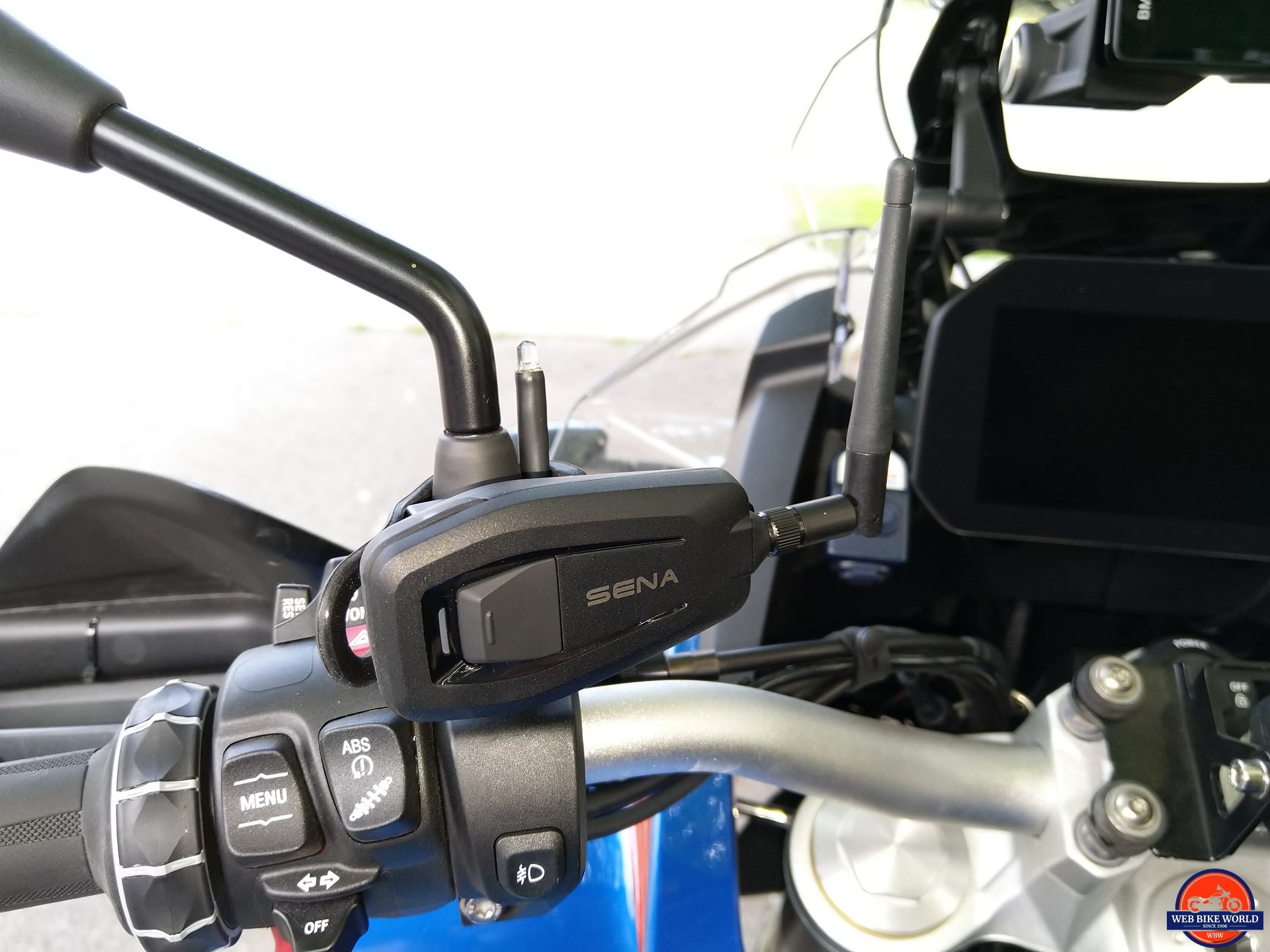
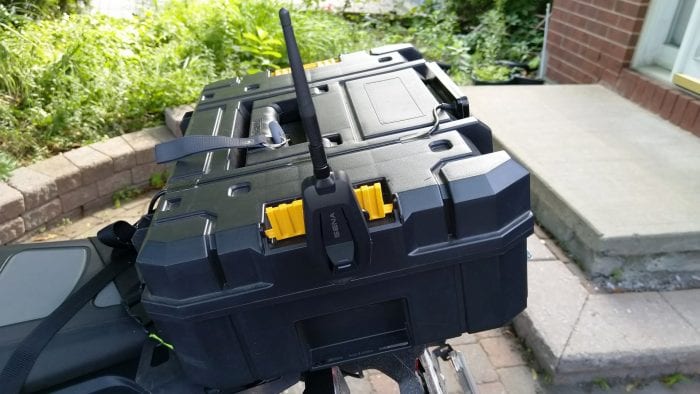
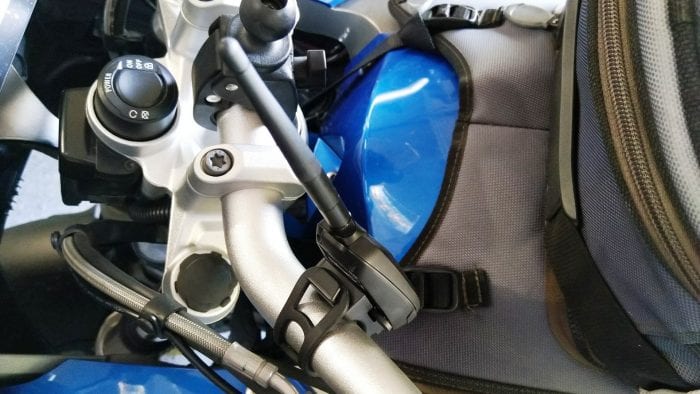
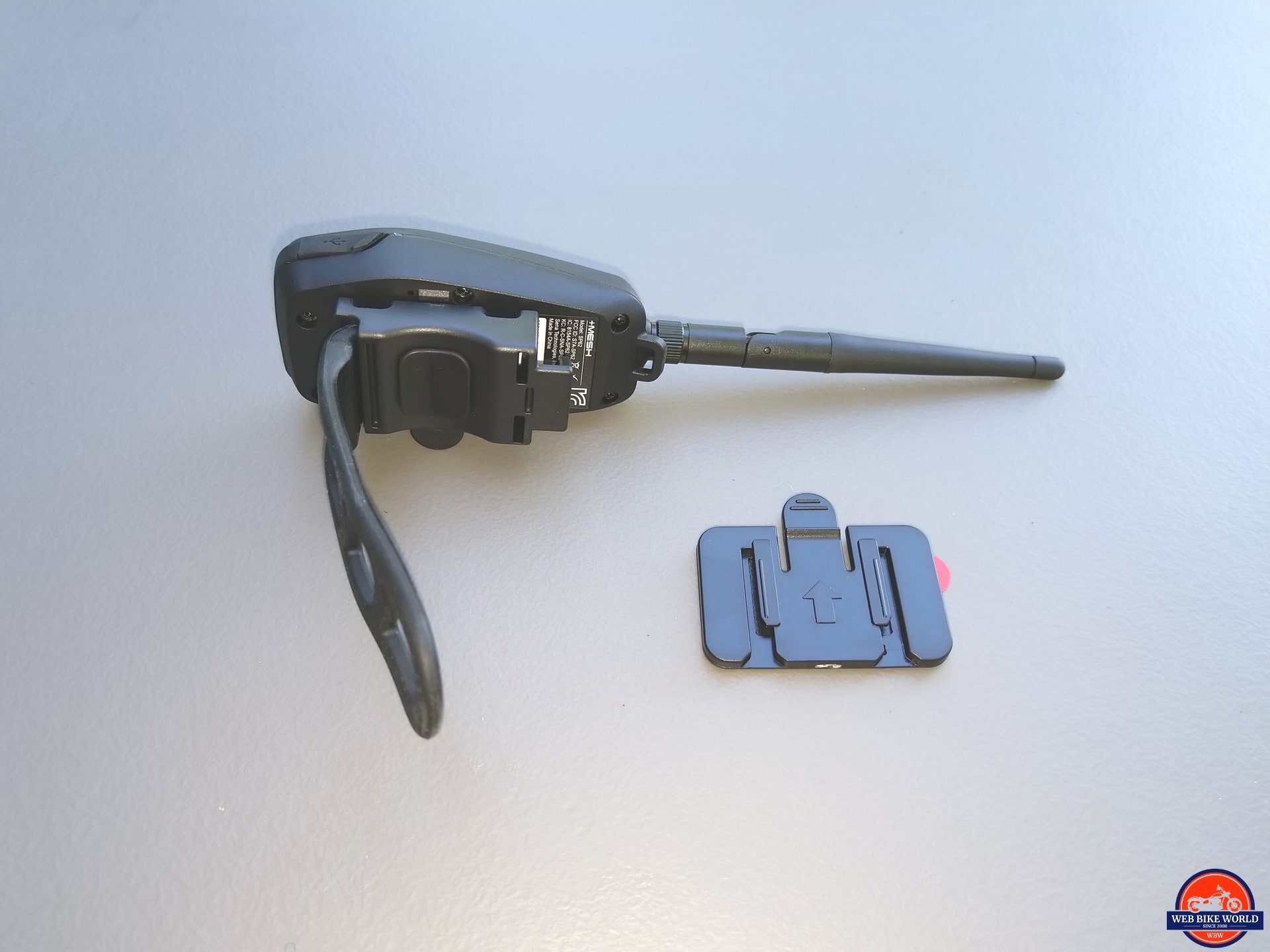

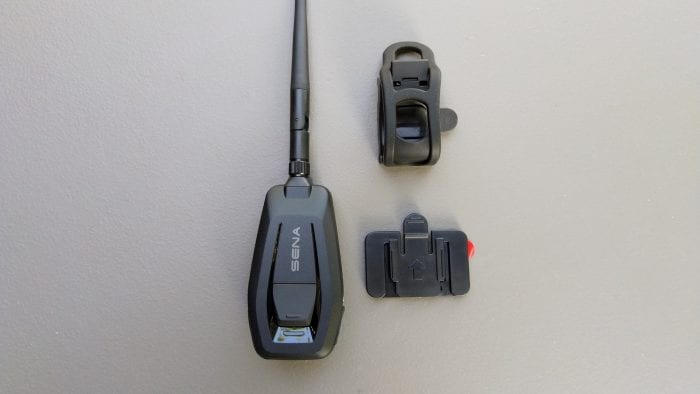
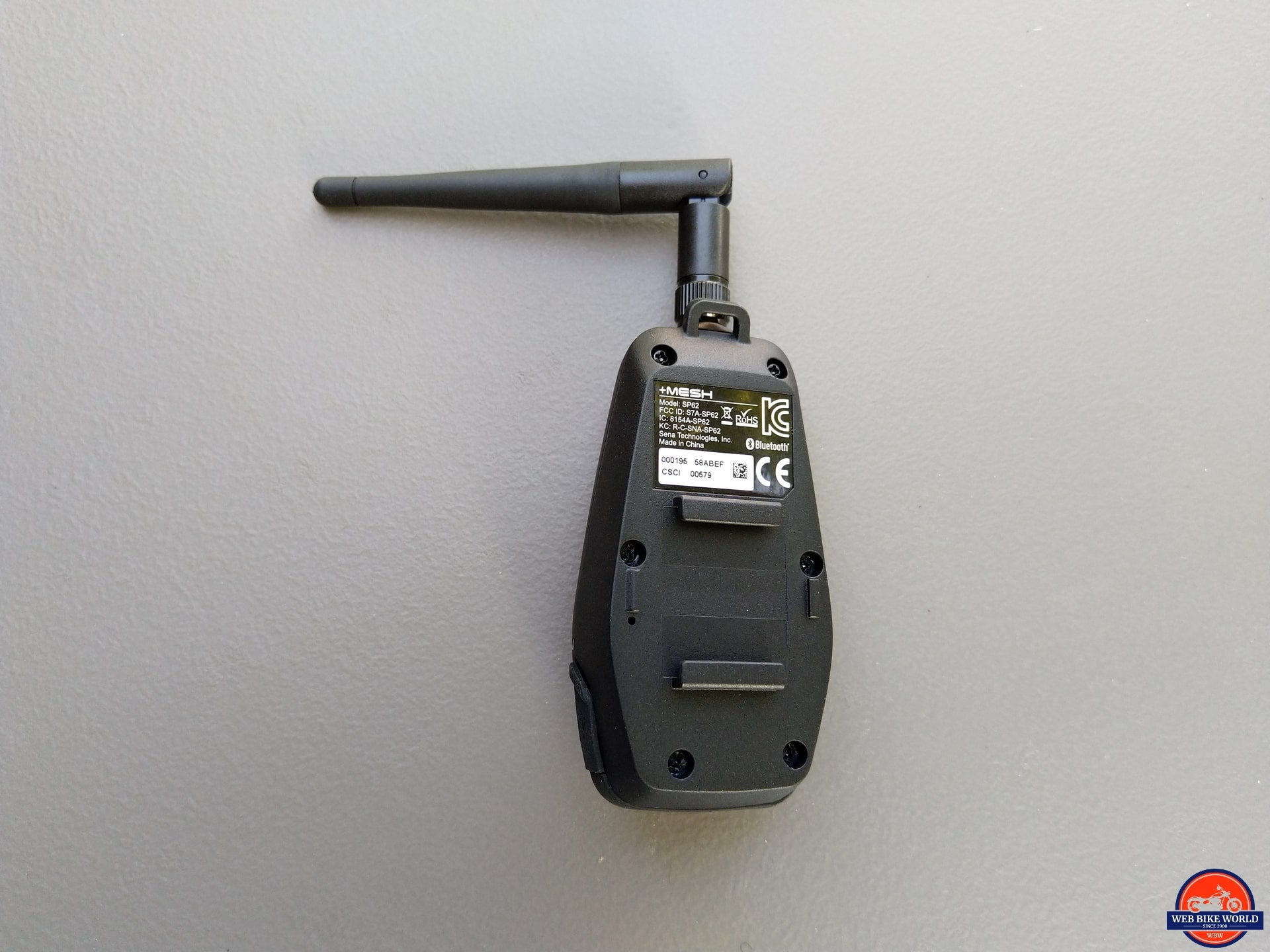

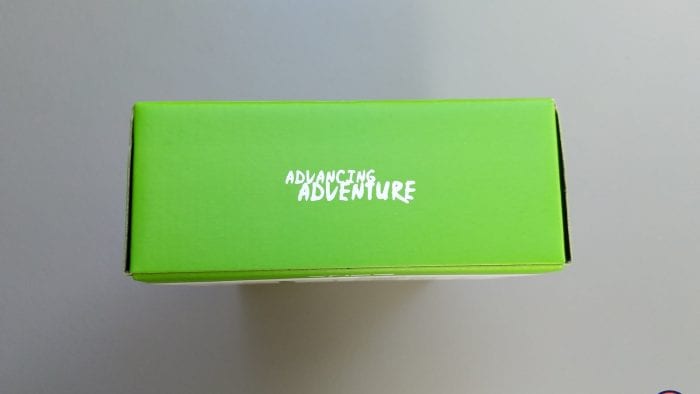

Can only join “public mesh” should be a con. Did you test if +Mesh units can create public mesh as its own? Without 30K?
Why should public Mesh mode be a con…its a functional mode for a general group. And I actually posed the question to Sena regarding ‘creation’ of a public mesh event by one or two +Mesh devices…still awaiting an answer. But if I get another unit, this will be the first thing attempted… FWIW, the +Mesh is an ‘adapter’ and is not likely or may not have the ability to do more than provide a BT to Mesh bridge…which is pretty darn good by itself in my mind.
I believe that if it is “Public Mesh”, no one creates it. My doubt is if you have a Cardo Mesh arround in Public Mesh mode, would they join together in the same Public Mesh?
No – each is their own proprietary network.
I used the word ‘creation’ for the +Mesh systems and admittedly it could be viewed as a poor choice; although in reality that is just what two +Mesh devices do, create a Public Mesh environment for Sena non-mesh systems.
At the time of my original response, we had not been able to test two or more +Mesh adapters; but in now having done this testing (an update to the +Mesh posting is pending), we can confirm that two +Mesh (or more) correctly paired to non-mesh systems provide a (default) Public Mesh communication capability…without any 30K devices present; this is a key strength of the +Mesh..
The matter of communications between Cardo DMC and Sena Mesh in ‘Public Mesh Mode’ remains to be tested – which we will, soon, but I’m not holding my breath…
Cheers, Bruce
Can they join a sena private mesh? I believe they have better distance as each user extends each other.
My main question though is whether this can allow ANY Bluetooth headset to join the mesh. is AirPods, a vehicles Bluetooth system,etc.
We have a support vehicle that sometimes follows us and this would be a great way for them to join the conversation by having it join the jeeps Bluetooth system.
Good questions, that, in essence, involve further dialogue with manufacturers (something ongoing), so its hard to provide specific responses right now…
Re the +Mesh, it is meant to work in Public Mode (with or without 30K participants); my current understanding is that they cannot join or participate in Private Mesh Mode activities (understood given their basic BT to Mesh adaptability) – its hard to say is Sena might extend +Mesh capabilities.
Using other devices/systems as you have identified is, at the current time, largely based on proprietary (or partial) implementations; BT devices will find and ‘pair’ (the first step) with almost anything BT, but whether they can or will ‘connect’ (the next step) for communications/data exchange is where proprietary or other restrictions come in to play…and it is frustrating.
For comms, long range BT and adaptive Mesh networks are great solutions, especially for the scenario you have identified. As vehicle harnesses evolve and more support for vehicle to vehicle or vehicle to infrastructure capabilities are enabled (jumping ahead a bit here), some issues will be mitigated. But in the near term, it will require respective entities to interact directly to tackle a specific requirement – which is how we keep moving the yardsticks along. Never hesitate to ask or pose the question…
For now, you may need to use current solutions like the Sena Expand or SPH10 for support vehicle to (rider/riders) comms – something used successfully by others, including myself for testing and longer term activities. And if other wireless forms are utilized for distance, two-way radio adapters can provide a solution.
If we all keep identifying requirements and pursuing/pushing industry, the features and capabilities will be brought to market; although proprietary and interoperability issues are likely to be around for awhile.
Cheers, Bruce
Great response. Thanks Bruce.
I’m curious what happens when you pair the +Mesh with Bluetooth header like AirPods or beats etc – or a cars Bluetooth system. Can you do a simple experiment like that?
These ‘experiments’ can be done per se, but I suspect things might not go as hoped for, due to the previously mentioned proprietary or implementation limitations…more to follow though. Bruce
Interesting to read a real review of the + mesh adapter, and not just a copy/paste from Sena press release material.
Me and my riding buddies have issues with our Schuberth/Sena SC1 having some irritating background noise/static, especially during group intercom. This have been worse after the latest firmware upgrade. Bluetooth intercom between rider and pillion is good.
How is sound quality of the Mesh intercom compared to normal Bluetooth intercom/group intercom (Background noise/static)
Our reviews are “tried n true, put through the paces” oriented, including lots of long term use for continued insights. I hear you re noise issues with some models and firmware versions, although I know Sena has been pushing hard to address the issues. Mesh audio is typically very good compared to most straight BT intercom sessions that can be subject to electrical and natural interference (although some newer systems on the market have extremely good BT features). Mesh is inherently more robust vis-à-vis many of the issues impacting a standard BT intercom, with clean audio, thanks in large part to ongoing reconfiguration and assessment of link structure for optimal comms… Bruce
Another quick question: Is it possible for the pillion to connect to the rider who is again connected to the + mesh adapter, so that the pillion can participate in the communication that is on the Mesh? The Sena Notes to Notes is a bit unclear in stating “voice prompts from the +Mesh are heard by all connected headsets”
Another one: Have You got an explanation why the advertised range on the +mesh adapter is just 800 meters vs the Sena 30K advertised 2 Kilometers range?
This advertised range for the Bluetooth Mesh networking is a (well-proven) performance listing – realistic and (achievable) under good conditions; and, based on the adapter’s output power, antenna and antenna gain; in other words is represents the real world when using mesh mode between, say, two users. But overall ranges within a mesh user group are indeed more with multiple users spread out for extended ranges (front to back or laterally); this is one of the inherent benefits of using a self-configuring best-path topology; 2, 3 or 4km or perhaps more is possible in a multi-user mesh environment, proven in our original Cardo DMC testing and now with the Sena 30K/+Mesh systems .
And don’t forget that the 30K, using point to point Bluetooth intercom mode, can indeed be used at 1.5 to 1.8km ranges (been there, done that) under ideal conditions, although link and audio quality tends to degrade quickly, vis-à-vis communications among a multi-part mesh group.
Bruce
Is it possible for the pillion to connect to the rider who is again connected to the + mesh adapter, so that the pillion can participate in the communication that is on the Mesh? Or is it possible to connect more than one headset to the Mesh adapter? Or is the only solution that the pillion have its own mesh adapter?
If I get a +mesh will it enable me with my sena 3s talk to my friend on his Harley boom system?
Dale, in presuming your friend has the Boom! Audio 30K Bluetooth Headset (with or without the WHIM module), then yes, you should have no issues adding a +Mesh to your 3S allowing communications via Mesh…and your range should be better – the +Mesh has a (typical) better range than what you may be getting from your 3S…so a benefit there as well. Cheers, Bruce
Replaced my 2011 Noetec with a HJC RPHA 90, partly because I had a Card Packtalk Slim. But the RPHA didn’t fit me well (speaker pockets too small, poor allowance for using glasses, overall, just too small a helmet. So I bought the Neotec II. Fitted the Cardo to the helmet reasonably well, but would prefer the integrated features of the Sena SRL. However, I don’t want to give up mesh. I understand the adapter option (clunky IMO). So my question: why doesn’t SENA integrate mesh into their new units? Will they do that soon? Thanks. Larry, Bend OR
Looks like they are moving in the right direction, with the 50R and 50S. Now if they make that model to fit the Neotec II, woo hoo!
Larry, agree totally that Sena is pushing forward regarding the Mesh community and they seem to be methodically building on their collaborative efforts between Sena and the respective helmet manufacturers – the Sena SRL series being just one great example; as such, Mesh is likely to become a reality although it might not be ‘near term’. A lot depends on the market environment, including consumer demand and maintaining customer loyalty. And if we actively voice our support for what is being done, including expanding the Mesh community, they will listen.
@Bruce have you tried pairing this with a Scala product / would you mind? Me and my friends have a set of Scala G4 units and I’m wondering if this might be a really neat upgrade to get more riders on an intercom without having to all upgrade the headsets. TIA!
James, with the pieces on hand here, including two +Mesh devices now running the latest firmware (for Mesh 2 interoperability) and several of what were known as scala rider (Cardo has retired the name and insists it not be used…), neither the older Cardo units, including one G9 nor the PT Bold systems would ‘connect’ for communications to the +Mesh – kind of expected, but its always worth the try. The devices ‘see’ each other as BT entities, but that is about it…the current Mesh solutions between brands do remain proprietary; I can foresee a day when this barrier will/might fall, but…
Keep the observations and questions coming, cheers, Bruce
Thanks for testing that Bruce, appreciate it. It’s a bit of a shame it doesn’t work, seems like it’d be a great enabler for older devices if the +Mesh could pair with other devices (especially since so many now support a universal mode, Cardo Gateway etc).
That said we’ve had the G4 units for nearly 10 years – seems like it might be about time for an upgrade!